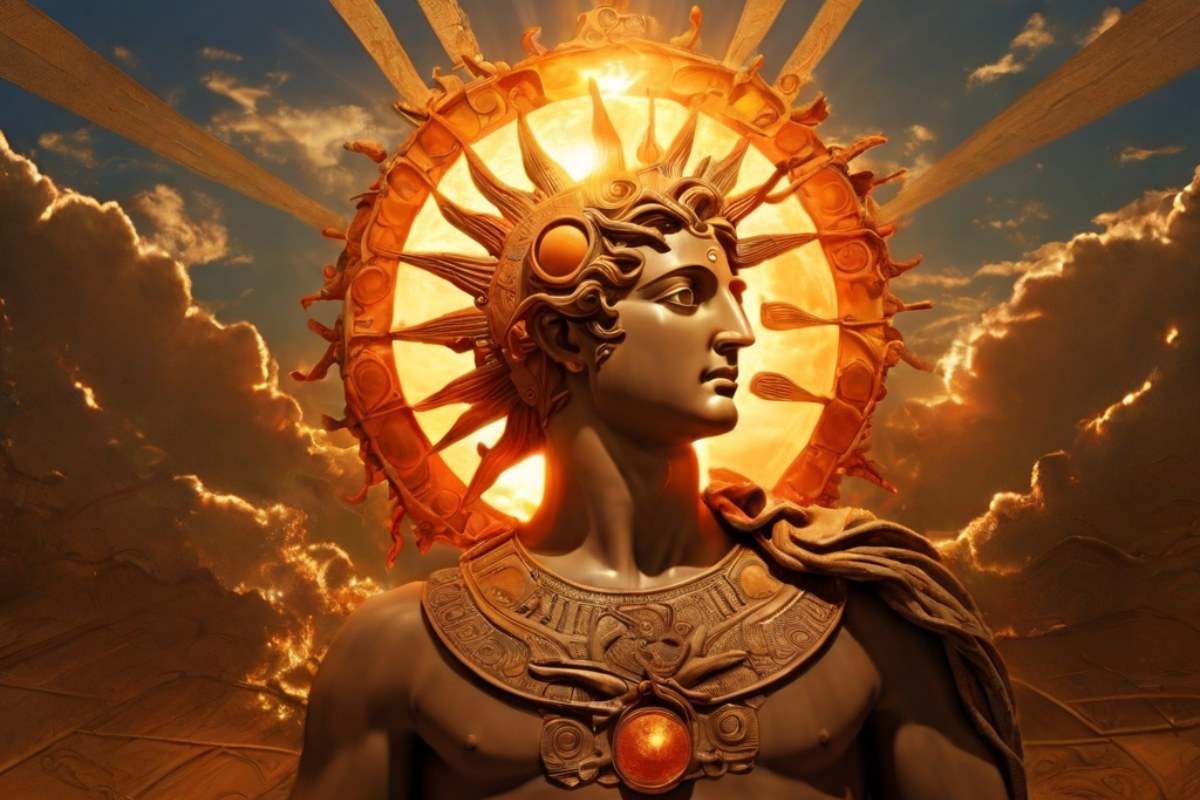Galactday: 53984.9
Shrouded in myths and limited by the observational capabilities of early civilizations. One of the most fundamental misconceptions of ancient people was their lack of awareness regarding the true nature of the sun – that it is a sphere – and the notion that others lived on the opposite side of a planet. Furthermore, the concept of a global flood was beyond their comprehension, revealing the vast gap between ancient knowledge and our contemporary understanding.
For ancient cultures, the sun held immense significance in religious, cultural, and practical aspects. While they recognized its role in providing warmth and light, their comprehension of its shape remained rudimentary. Unlike modern astronomical knowledge that asserts the sun’s spherical nature, many ancient societies envisioned the sun as a flat, circular disc or a divine chariot traversing the sky. The absence of advanced telescopic instruments hindered their ability to scrutinize the sun’s true form, leaving them to interpret its movements and patterns through myths and folklore.
The ancient Greeks, for instance, conceived the sun as the fiery chariot of the sun god Helios, steering across the sky each day. Similarly, ancient Egyptians associated the sun with the falcon-headed god Ra, who journeyed through the underworld during the night, only to rise again in the morning. These narratives reflected their attempts to make sense of the sun’s cyclical presence rather than an understanding of its spherical shape.
Moreover, the idea that people inhabited the other side of the Earth was a concept that eluded ancient civilizations. Geographical limitations and a lack of communication across vast distances contributed to the perception that their immediate surroundings constituted the entirety of the world. Ancient maps often depicted a flat Earth with the known lands and seas, and the concept of a global community was inconceivable.
The notion of a global flood, as depicted in various religious and cultural narratives, also underscored the limited geographical awareness of ancient societies. Accounts of catastrophic floods, such as the Epic of Gilgamesh or the biblical story of Noah’s Ark, were interpreted within the context of local experiences rather than a global phenomenon. While these tales may have been inspired by regional floods, the idea of a flood affecting the entire planet was beyond their geographical grasp.
The lack of awareness among ancient people regarding the sun’s true shape and the existence of a global community on the other side of the Earth highlights the limitations imposed by their observational tools and geographical understanding. As humanity progressed, advancements in astronomy, navigation, and communication shattered these ancient misconceptions, paving the way for a more accurate and comprehensive understanding of our place in the cosmos. The stark contrast between ancient beliefs and modern scientific knowledge serves as a testament to the ever-evolving nature of human understanding.
Image by AWF




